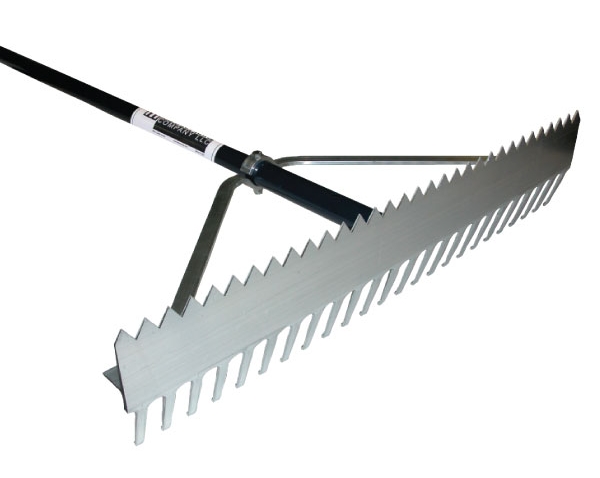
The Richardson Saw: A Legacy of Quality and Craftsmanship
The history of woodworking is interwoven with the evolution of saws. Among the esteemed saw makers of the past, Richardson stands out for its commitment to quality and innovation. This article delves into the rich heritage of the Richardson saw, exploring its rise to prominence, its design features, and its enduring legacy for woodworkers today.
Early Beginnings: The Richardson Brothers
The story of Richardson saws begins in the mid-19th century with the Richardson brothers in Newark, New Jersey. Established in 1843, their saw works quickly gained recognition for meticulously crafted handsaws. The brothers, known for their meticulous attention to detail, were relentless in their pursuit of creating saws that offered superior performance and durability.
A Hallmark of Quality: Design and Innovation
One of the hallmarks of a Richardson saw is its exceptional blade. The brothers sourced high-grade steel and employed a unique tempering process that resulted in blades that were both flexible and held a sharp edge for extended periods. This innovation was crucial for woodworkers who demanded consistent and precise cuts.

Beyond Blades: Distinctive Features
Richardson saws boasted several distinctive features that set them apart from the competition. One such feature was the use of a tapered blade. Unlike saws with blades of uniform thickness, Richardson blades were slightly thicker at the spine and tapered towards the teeth. This design provided exceptional stability during cutting, minimizing blade flex and ensuring cleaner, straighter cuts.
Another notable feature was the use of brass backs on many of their saws. These backs offered several advantages. Brass is a naturally dense material, adding weight to the saw and providing a more balanced feel during use. Additionally, brass is naturally resistant to corrosion, ensuring the saw’s longevity.
The fit and finish of Richardson saws were also a testament to the company’s commitment to quality. The use of premium hardwoods like rosewood for handles ensured a comfortable grip, even during prolonged use. The meticulous joinery between the blade and handle further emphasized the focus on creating a robust and reliable tool.
Richardson vs. Disston: A Competitive Landscape
The latter half of the 19th century saw Richardson locked in a fierce competition with another American sawmaking giant – Henry Disston & Sons. Both companies were known for their high-quality saws, and woodworkers often debated the merits of one brand over the other. While Disston saws enjoyed wider brand recognition, Richardson saws held their own, particularly among discerning woodworkers who appreciated the subtle design nuances that distinguished them.
Richardson’s Legacy: A Collectible Treasure
Unfortunately, the Richardson Saw and Lawn Mower Company, a descendant of the original Richardson brothers’ firm, ceased operations in the early 20th century. However, Richardson saws continue to be highly sought-after by collectors and woodworkers today. These vintage saws are prized for their exceptional craftsmanship, historical significance, and enduring functionality.

Owning a Piece of History: Restoration and Use
For those fortunate enough to own a Richardson saw, proper restoration can breathe new life into this treasured tool. With careful cleaning, sharpening, and potentially replacing worn components, a vintage Richardson saw can once again become a reliable companion in the workshop.
Using a restored Richardson saw offers a unique experience. The smooth, precise cuts achievable with these saws are a testament to the quality of materials and design principles employed by the Richardson brothers. Owning and using a Richardson saw fosters a connection to the rich history of woodworking and allows modern woodworkers to appreciate the artistry and functionality of these bygone tools.
Beyond Collectibles: The Modern Legacy
The legacy of Richardson saws extends beyond the realm of collectible tools. Modern saw manufacturers continue to draw inspiration from the design philosophies and innovations pioneered by the Richardson brothers. The tapered blade design, for instance, is still employed in many high-quality saws today.
Customer Reviews and Feedback
Due to the age of Richardson saws, there aren’t readily available online customer reviews in the traditional sense. However, we can glean some insights from other sources:
-
Limited Online Reviews: The Better Business Bureau (BBB) page for Richardson Saw & Lawnmower (likely a descendant company) has no customer reviews listed [BBB Richardson Saw & Lawnmower profile]. This doesn’t necessarily mean there are none, but it suggests reviews for the original Richardson saws might be scarce.
-
Angie’s List Reviews: There’s a single review available for Richardson Saw & Lawnmower on Angie’s List, praising their repair service and mentioning they sharpen blades at no extra cost [Angie’s List Richardson Saw & Lawnmower reviews]. While not directly related to the original saws themselves, it offers a glimpse into potential customer satisfaction with the brand’s overall service.
-
Collector Forums and Websites: Websites and forums dedicated to woodworking and antique tools might have discussions or reviews about Richardson saws. Searching online communities like forums or communities on Reddit might yield more user experiences and insights from collectors and woodworkers who own these saws.

Where to Buy Richardson Saws
Since Richardson stopped production in the early 20th century, you won’t find them new online. However, here are some places to look for vintage Richardson saws:
-
Online Marketplaces: Hit up online platforms like eBay or Etsy. Sellers often list vintage tools there. Be prepared for competition and varying saw conditions.
-
Antique Tool Stores: Brick-and-mortar stores specializing in restoring and selling vintage tools might have Richardson saws. These saws are likely well-maintained and ready for use.
Tips for Finding a Richardson Saw Online:
-
Search Terms: Use specific keywords like “Richardson saw,” “vintage handsaw,” or “antique woodworking saw” to narrow results.
-
Condition: Look for detailed descriptions and photos to assess functionality and any repairs needed.
-
Seller Reputation: If buying online, check the seller’s reputation and reviews from other buyers.
Online purchasing options
Due to the information found in the provided sources, Richardson saws themselves are not available for direct purchase from the Richardson company since they ceased operations in the early 20th century. However, the article does discuss the possibility of acquiring a Richardson saw through other means.
Here’s what the article suggests:
-
Online Marketplaces: Collectors and individual sellers often list vintage tools on online marketplaces like eBay or Etsy. You might find a Richardson saw there, but be prepared for potential competition and varying conditions of the saw.
-
Antique Tool Stores: Brick-and-mortar antique tool stores can be another avenue for finding a Richardson saw. These stores often specialize in restoring and selling vintage tools, so you might find a well-maintained saw ready for use.
Additional Tips:
- Search Terms: When searching online, use specific keywords like “Richardson saw,” “vintage handsaw,” or “antique woodworking saw” to refine your search results.
- Condition: Consider the condition of the saw before purchasing. Look for detailed descriptions and photos to assess the saw’s functionality and any necessary repairs.
- Reputation: If buying from an online seller, check their reputation and reviews from other buyers.
While this article doesn’t provide direct links for purchasing Richardson saws online, it offers valuable guidance for navigating the world of online marketplaces and antique stores to potentially find this treasured tool.
Conclusion: A Lasting Impact
The Richardson saw represents a remarkable chapter in the history of woodworking. The company’s dedication to quality, innovation, and meticulous craftsmanship resulted in saws that were not only functional tools but also works of art. While the company itself may no longer exist, the legacy of Richardson saws lives on in the hearts of collectors, woodworkers, and anyone who appreciates the enduring value of quality tools.





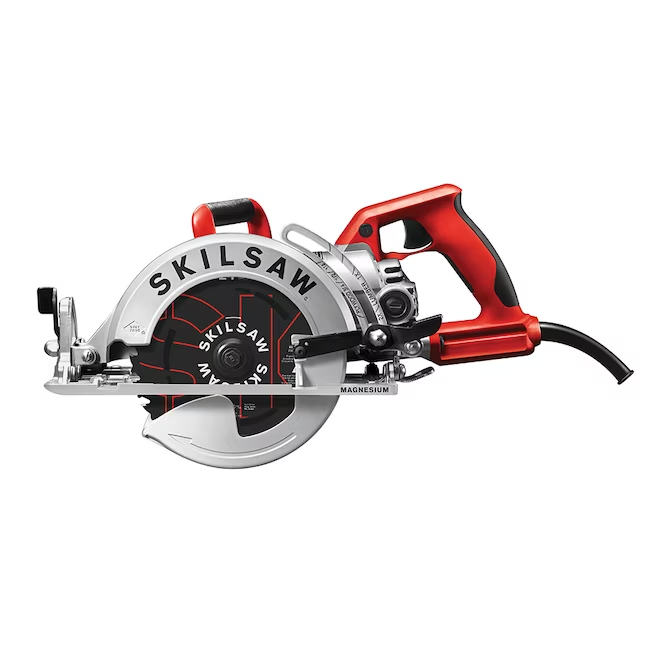
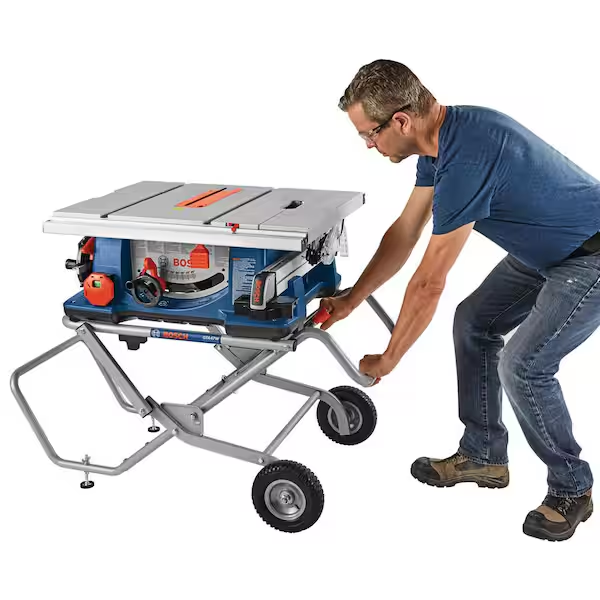


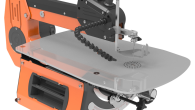
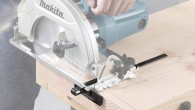
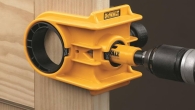
Leave a Reply